Unlocking Tyre Testing
- By Adam Gosling
- December 24, 2024
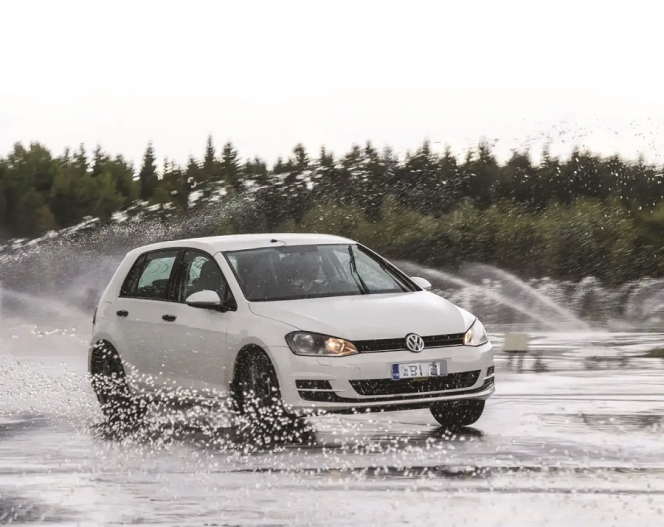
Please forgive my indulgence on the topic of tyre testing, but the end result of a safe tyre is, the tyre is only safe IF the appropriate inflation pressure is used!
The physical road testing of a pneumatic tyre is the last part in a very long line of testing procedures used to manufacture the tyre. The actual manufacturing is not the end of the line as the tyre has to be competently mounted to a wheel and then appropriately inflated prior and during use.
If the tyre/wheel assembly is not balanced in mass and dimension, then the tyre is not going to perform as expected, nor will the tyre perform as expected if the inflation pressure is not appropriate to the load and speed the vehicle is going to be utilised at.
The humble pneumatic tyre is a composite assembly of many different materials, each having to work in harmony and unison with each other.
The different materials used to manufacture the tyre have already undergone substantial testing as individual products to assure the sought-after properties and qualities are exactly what is required to produce a tyre that is not only safe but performs as expected.
Many years ago, on a major construction project in Asia with one of my clients, the tyre company I was an engineer with suffered many catastrophic tread separation failures. This was a time critical project so having haul trucks out of service was a serious impediment to achieving the extensive earthworks required. A long story short, I was given to understand that there was a change in the supplier of the carbon black used in this particular tyre tread specification. The fresh manufacturer’s product checked all of the (then) testing parameters, but when it came to actual live service, there was a deficiency somewhere. I was never privy to the actual product details, just the end result of seeing haul trucks with fuel and hydraulic tanks on the ground having been slapped off by tread packages parting from the tyre casing. Having up to 1,000 kg of tread rubber flapping out of control is not conducive to a safe operation.
The testing regime for the product used was seemingly insufficient to identify this issue pre-production, ending up with very costly results.
One can read in various publications of tyre testing where a group of journalists and motoring writers take vehicles fitted with various tyre producers’ products around a circuit in an attempt to quantify the performance, in lap times, but more importantly, in feel. ‘Through the seat of your pants’ is a commonly used phrase. As a young two-wheel motorcycle racer, I progressed from using treaded road tyres to a full racing slick. The feeling was totally different and, to be honest, I didn’t ever get the slick tread tyres to operate as they were designed. After progressing to three-wheel bikes (sidecars), slicks became the ideal product.
In todays’ tyre production world, I suggest that the development on MotoGP motorcycles leads the way. Think of a MotoGP bike where cornering lean angles of up to 65 degrees, yes 65 degrees, are common place, all the time transmitting a power to weight ratio of more than 1:1, which is more than one horsepower per kilogramme of weight (including the rider!). When combined with the technology developed in the giant OTR tyres used in mining, the development of tyre performance is progressing rapidly. The ability of a giant mining tyre to support a load in excess of 100 tonnes per tyre (think 50 average passenger cars, yes that’s per tyre) whilst travelling at 60 km/hr is an everyday event for a mining operation. These tyres on a drive position transmit thousands of horsepower to motivate the truck. These numbers are far in excess compared to your daily drive!
A passenger car tyre benefits greatly from all of this research and development leading to the actual physical testing of the tyre in the hands of the journalists pushing a car around a circuit.
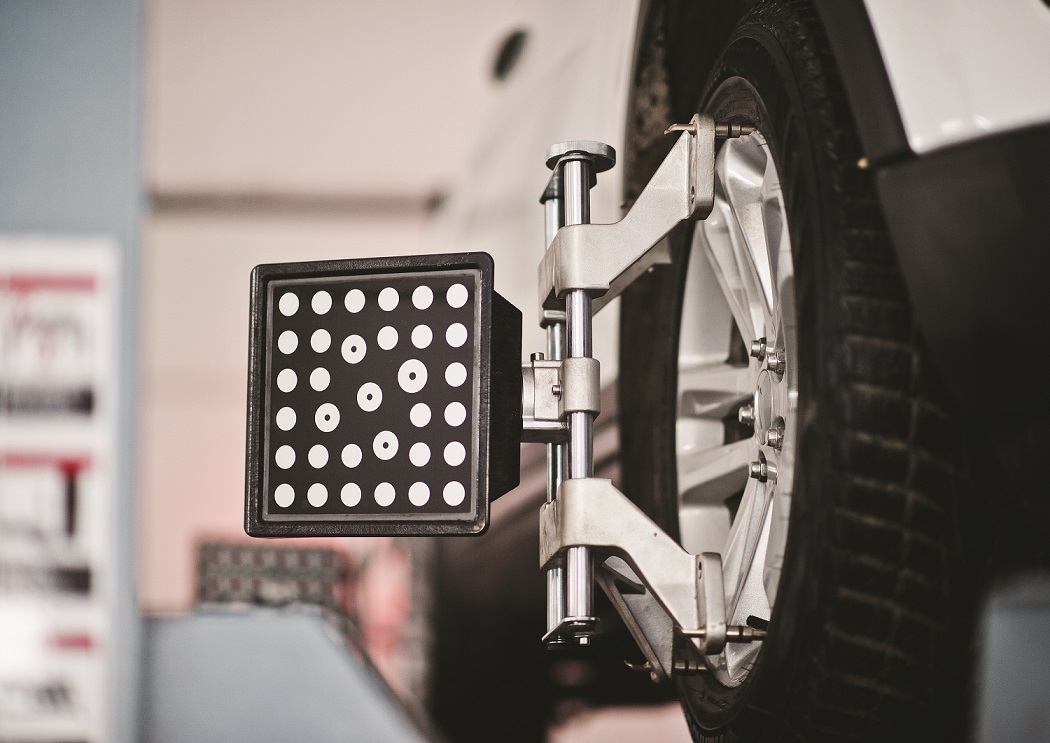
Yet, all this testing can be undone by the end user’s reluctance to verify that the tyre’s operating pressure is appropriate for the duty cycle being undertaken. The adoption of real time tyre pressure monitoring (TPMS) has generated an increase in safety IF the driver actually uses the data.
Race pilots (drivers and riders) carefully study the operating tyre pressure detail as they well understand that just ½ a psi may make the difference between winning or finishing off the podium.
Alas, our industry has not really educated the daily driver to the critical importance of ensuring their tyres have the appropriate inflation pressures installed. Inflation, it seems, is only important to economists and price rises.
All the material testing, quality control in production and physical mounting of the tyre can be undone by the ignorance of the end user in not attending to the inflation pressures adequately. No matter how deep the science used, the quality control measures employed within production our product’s success remains at the whim of the end user as to whether they can be bothered to ensure the very item that provides their safe passage is indeed fit for purpose.
Regardless of the impressive advances in testing technology, the serious quantitative leaps in the use of computer aided design and manufacture, the improvements in material science yielding growth in all the useful features for a tyre combined in production benefitting the end result can be undone by end user apathy. As an industry, we have a programme of continuous improvement, but does the end user have the same? Do they care?
For all the testing programmes we, as an industry, have in place, the one lacking I feel is the understanding of the level of knowledge from the perspective of the driver. Do they understand the information that the physical tyre testing provides? In the case of a motoring enthusiast, very much yes, but they make up a small percentage of the population.
The advent of the Euro 7 standards will draw the performance of tyres into the everyday realm for the legislators and regulators. Again, how the daily drivers that use their vehicles for commuting actually care is an unknown, and I feel that the care factor is probably less than zero.
In speaking with learner drivers, I ask whether the driving instructors had mentioned tyres at all and was totally unsurprised when the answer came back as a no. I know I have said before that unless we can engage drivers into understanding and appreciating their tyres’ contribution to their personal safety whilst driving, then our industries progress will be stymied.
All the progress in material science, advanced vehicle standards, wonderful testing regimes can all be negated when the vehicle driver ignores the very basic of the tyres operating requirement – the appropriate operating inflation pressure.
How we change the mindset of the end user is still testing my knowledge and patience; it is more than tiring to keep on hearing that people don’t even acknowledge the benefits they enjoy from the use of the product our industry produces.
Please educate the end user on the critical importance their tyres have in overall on-road safety. Look after your tyres, so when you call upon them to look after you, they will be appropriately equipped to do so.
Stay TyreSafe
IRI-CON’26 To Focus On Sustainability Agenda For India’s Tyre And Rubber Industry
- By TT News
- January 02, 2026

The Indian Rubber Institute (IRI), a not-for-profit professional body focussing on the tyre and rubber industry, is set to host ‘IRI-CON’26’, a two-day conference aimed at addressing the sector’s evolving technological and sustainability priorities.
The event scheduled on 30th January 2026, will be held in Vadodara, Gujarat, underscoring the state’s growing importance as a hub for elastomers and rubber-related manufacturing.
Led by eminent technocrats and industry leaders, IRI has played a pivotal role for decades in advancing technical education, skill development and professional excellence across the tyre and rubber value chain. A large proportion of technical professionals in these industries are lifetime members of the institute, contributing through voluntary service, knowledge sharing and technical engagement.
IRI has also been instrumental in training candidates for the DIRI and PGDIRI programmes, with examinations conducted by IIT Kharagpur since their inception.
The choice of Gujarat as the host state is significant. The region is home to major tyre manufacturers including Apollo Tyres, CEAT, BKT, MRF and JK Tyre, alongside key suppliers of carbon black, silica, textiles and rubber chemicals. Vadodara, in particular, has emerged as an important centre for rubber and allied industries, making it a strategic venue for the conference.
The theme of IRI-CON’26, ‘Unlocking the Potential of Sustainable Developments in Rubber and Allied Industries,’ reflects the industry’s increasing focus on sustainability, resource efficiency and responsible manufacturing. The conference is expected to bring together professionals from manufacturing, R&D, academia and allied sectors, offering a platform for technical exchange, collaboration and dialogue on future-ready solutions.
With regulatory pressures, material innovations and environmental expectations reshaping the sector, IRI-CON’26 is positioned as a timely forum to align industry stakeholders on sustainable growth pathways for India’s tyre and rubber ecosystem.
Indian Rubber Institute Appoints Industry Veteran Vijay K Misra As Chairman
- By TT News
- December 30, 2025
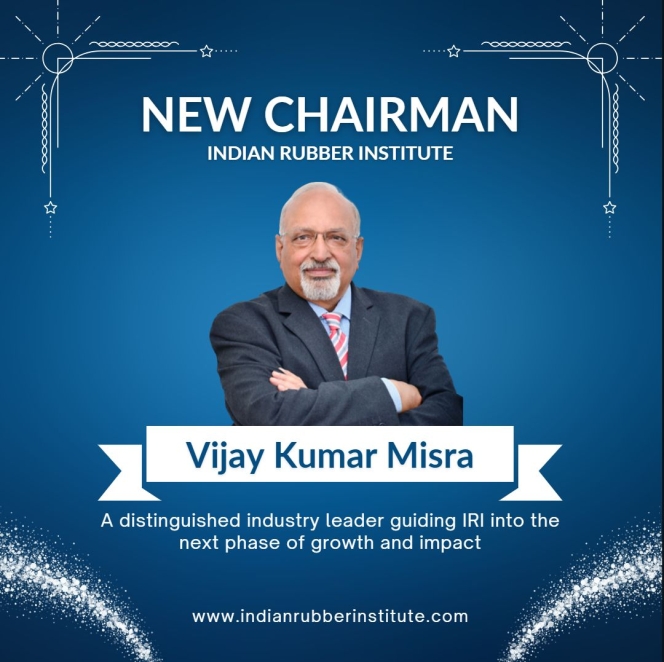
The Indian Rubber Institute (IRI) has confirmed Vijay K Misra as its new Chairman following a formal election. With a distinguished career spanning nearly 50 years in the tyre and rubber sector, Misra possesses extensive expertise in technology, product development, international collaborations and major greenfield projects.
His deep industry connections and proven leadership are anticipated to steer the IRI through its next period of growth and enhanced impact. The Institute also formally acknowledged Misra's pivotal role in founding the Dr D Banerjee Centre of Excellence in Mysuru, a premier hub for advanced training and industry-academia synergy.
Concurrently, sincere appreciation was extended to outgoing Chairman Dr R Mukhopadhyay for his valuable guidance, as he continues to support the Institute in the role of Chairman Emeritus.
Sumitomo Rubber Restructures Top Management
- By TT News
- December 26, 2025
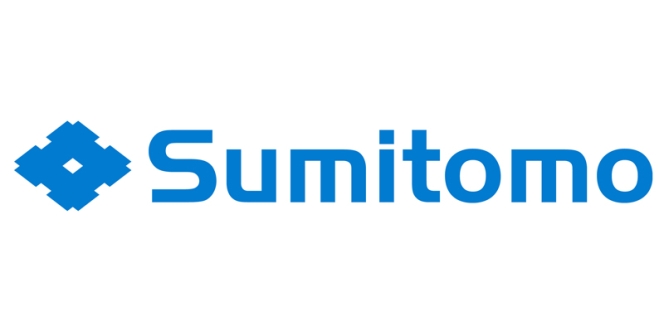
Sumitomo Rubber Industries, Ltd. has announced that its Board of Directors has approved a forthcoming change to its representative leadership at a meeting on 25 December 2025, pending formal ratification at the Annual General Meeting of Shareholders scheduled for 26 March 2026.
The shift is part of a planned reorganisation of the company’s management framework effective from that date. Under the new structure, current Director and Senior Executive Officer Yasuaki Kuniyasu is slated to be appointed as the new Representative Director, President and CEO. Concurrently, the present President and CEO, Satoru Yamamoto, is expected to transition to the role of Representative Director and Chairperson of the Board.
Yasuaki Kuniyasu, aged 56, began his career with the company in April 1992. His tenure includes significant leadership roles, such as General Manager of the Tyre Technology Headquarters and, from January 2023, General Manager of the Corporate Management Planning & Administration Department. He has served as a Director and Senior Executive Officer since March 2023 and held 8,400 shares in the company as of 30 June 2025.
This planned succession aims to establish a renewed executive team to guide the company forward under its new governance model.
Back-To-Back CDP 'A' Rating Cements Hankook Tire's ESG Leadership
- By TT News
- December 26, 2025
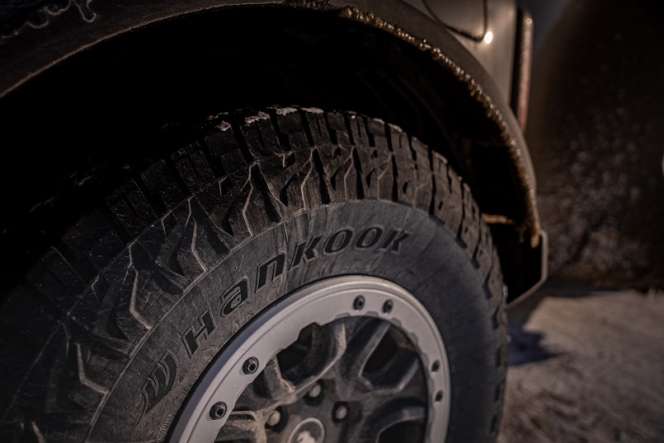
Hankook Tire has secured a top-tier ‘A’ rating from the Carbon Disclosure Project (CDP) in Climate Change category for the second year in a row, affirming its status as a global leader in environmental stewardship. The CDP assessment is among the world’s most authoritative benchmarks for corporate sustainability, evaluating governance, emissions reduction and transparency. Hankook’s achievement reflects its comprehensive approach to managing climate impacts throughout its entire value chain, from raw materials to end-of-life tyre management.
This recognition is underpinned by a robust, long-term strategy targeting net-zero emissions by 2050. In 2023, the company’s near-term 2030 goals and its 2050 net-zero ambition were formally validated by the Science Based Targets initiative (SBTi). Governance is central to this progress, with a dedicated Board-level Climate Change Committee ensuring climate risks and opportunities are integrated into core business decisions and that reduction progress is meticulously tracked and disclosed.
Operationally, Hankook is transforming its global production towards sustainable systems. It pioneered the International Sustainability & Carbon Certification (ISCC) PLUS in the tyre industry at its Geumsan Plant in 2021, a milestone since extended to facilities in Hungary and Daejeon. This establishes a certified framework for manufacturing sustainable tyres across consumer, original equipment and motorsport segments.
Complementing these efforts, Hankook is driving material innovation through strategic partnerships. The company is collaborating with firms like ROTOBOOST and Solvay to develop next-generation, low-carbon materials such as turquoise hydrogen-based carbon black and circular silica. It is also engaging in national research consortia to scale promising carbon reduction technologies. These initiatives are part of Hankook’s broader circular economy vision, branded E.Circle, which focuses on reducing fossil fuel dependence, conserving natural resources and systematically cutting carbon emissions.
Hankook’s leadership has garnered significant external validation. It earned the highest environmental accreditation from the Fédération Internationale de l’Automobile and was named one of the World’s Most Sustainable Companies of 2024 by TIME and Statista. Together, these accomplishments demonstrate how Hankook Tire is embedding sustainability into its corporate identity to build long-term value and industry-wide resilience.







Comments (0)
ADD COMMENT